Engineers at MIT and Imperial College London have developed a new way to generate tough, functional materials using a mixture of bacteria and yeast similar to the “kombucha mother” used to ferment tea. Using this mixture, also called a SCOBY (symbiotic culture of bacteria and yeast), the researchers were able to […]
Nacre, the iridescent material that lines mollusk shells such as mother-of-pearl and abalone, has long been a prized find of beachcombers and shell collectors, due to the natural beauty and variety of color that can be found therein. But scientists and engineers have also long marveled at and studied nacre; it’s […]
News, Stanford engineer helps crack mystery of bird flight
It has taken more than a million fine samples of aerodynamic force and airflow combined to determine what makes a hummingbird’s wings so adept at hovering. The team led by David Lentink, an assistant professor of mechanical engineering at Stanford, believes that the results could have significant impacts in both aerodynamic […]
Mushroom leather might not sound stylish. But Bolt Threads, a start-up that specializes in developing next-generation fibers inspired by nature, is one of a growing number of companies convinced that the material is a viable replacement — in both form and function — for animal-sourced and synthetic […]
UCLA engineers have designed a thin adhesive film that could upgrade a consumer smartwatch into a powerful health monitoring system. The system looks for chemical indicators found in sweat to give a real-time snapshot of what’s happening inside the body. A study detailing […]
News, Stanford researchers discover the ‘anternet’
On the surface, ants and the Internet don’t seem to have much in common. But two Stanford researchers have discovered that a species of harvester ants determine how many foragers to send out of the nest in much the same way that Internet protocols discover how much […]
A quantitative analysis of hummingbird wings shows that they generate lift more efficiently than the best micro-helicopter blades. The findings could lead to more powerful, bird-inspired robotic vehicles.
PhD student and 2017 J-WAFS graduate fellow Tzu-Chieh Tang designs living materials to solve environmental challenges, with an emphasis on safety and scalability. A MISTI Seed Grant and a summer at Imperial College London grew into a cross-Atlantic effort to develop living membranes with microbes, in a process inspired by the […]
Inspired by the overlapping scales found on teleost fish, a new composite architecture explores the mechanics of materials to accommodate both flexibility and protection. These biological structures consist of overlapping mineralized plates embedded in a compliant tissue to form a natural flexible armor which protects underlying soft […]
News, Lab-grown wood-like plant cells
Researchers in Velásquez-García’s group have proposed a way to grow certain plant tissues, such as wood and fiber, in a lab. Still in its early stages, the idea is akin in some ways to cultured meat — an opportunity to streamline the production of biomaterials. The team demonstrated the concept by […]
Learn about our two Decals!
 Click here to find out more about our Fall Bioinspired Design Decal and our Spring Bioinspired Design in Action Decal – ALL MAJORS are welcome.
Click here to find out more about our Fall Bioinspired Design Decal and our Spring Bioinspired Design in Action Decal – ALL MAJORS are welcome.Berkeley BioDesign Community
 Click here to learn about the BioD: Bio-Inspired Design @ Berkeley student organization or here to signup for more info.
Click here to learn about the BioD: Bio-Inspired Design @ Berkeley student organization or here to signup for more info.Search
Student Login

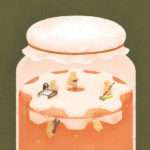

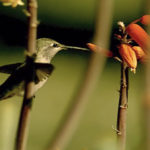
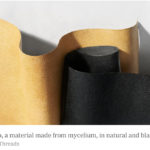

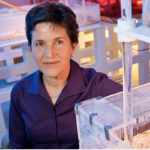
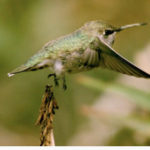





I imagine that the neurological circuits underlying these processes are governed by both 2d spacing maps with their brains as…
to reduce the impact of car accidents, it may be possible to study the force diverting physics of cockroaches to…
you see this type of head-bobbing stability in many avian creatures related to pigeons like chickens. the head ability to…
not like they taught horses how to run! this is an example of convergent evolution where both sea creatures and…
The brain functions in a similar way with neuronal connections. our brains are able to utilize the multiplicity of connections…